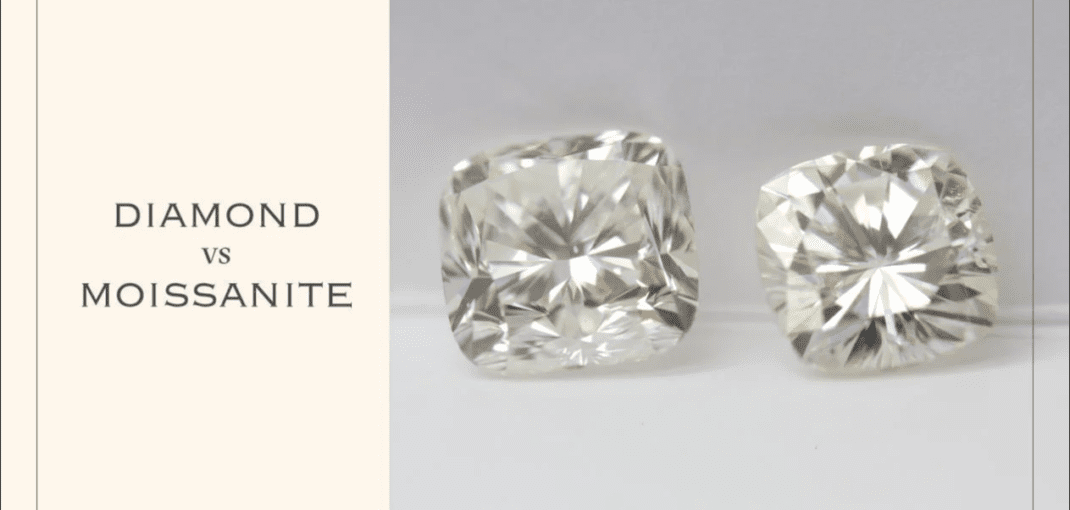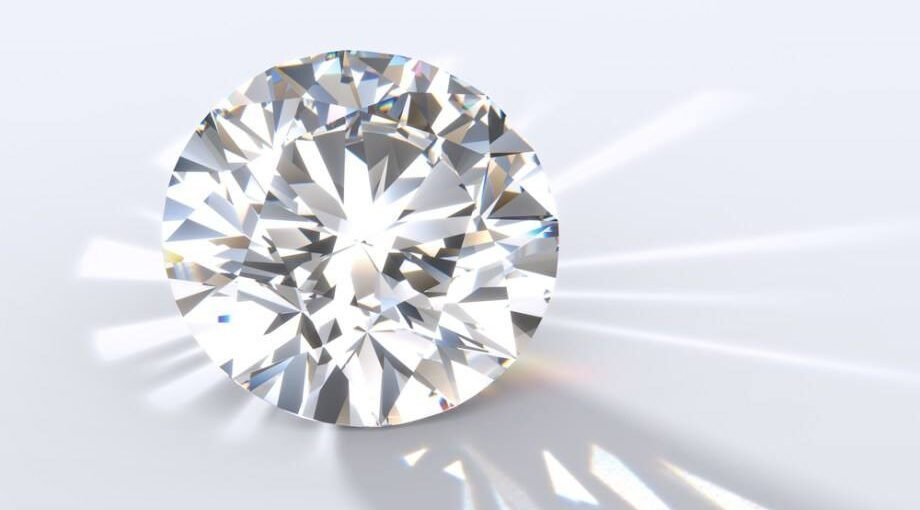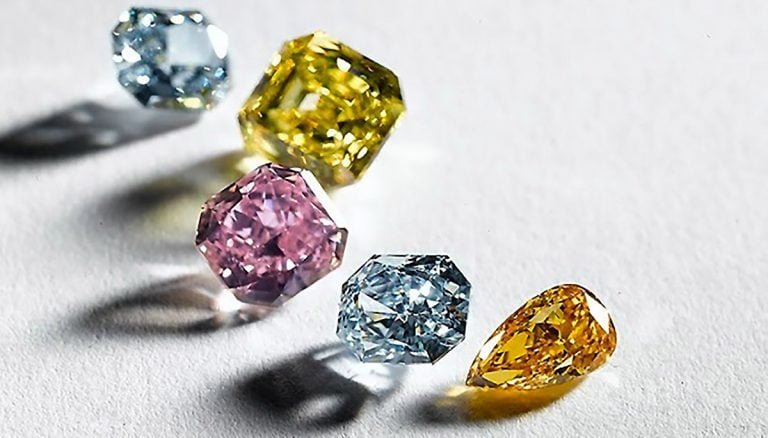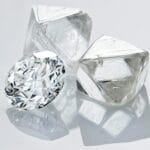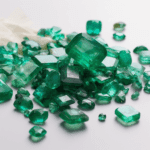Moissanite vs Lab Grown Diamonds
Customers who are looking for natural diamond alternatives often ask us about information regarding lab-grown diamonds and other white-colorless gemstones, which simulate the look of diamonds to some extent. One popular comparison we are asked about is between moissanite and lab-grown diamonds: which is better? What are the differences between them? Although both are excellent choices for engagement rings, it is important to understand their similarities and differences, as well as their comparison to other colorless gemstones, so that you can make the best decision for yourself. In the laboratory, diamonds are cultured using cutting-edge technology to generate extremely high heat and pressure to cultivate them from carbon molecules. This technology replicates the natural process of diamond growth. The result is lab-created diamonds with all the same physical and chemical properties of diamonds mined deep within the earth. Since they are a perfect match from a chemical and physical perspective, lab-created diamonds are real diamonds, not diamond simulants. However, since they are grown in a laboratory through a controlled process, without the need for laborious excavation from the ground and a lengthy supply chain, they are much cheaper in price. Can you differentiate between Lab Grown and naturally diamonds: Lab Grown Diamonds using the same processes for grading and issuing certificates as mined diamonds. They use the same guidelines and tools for cutting and polishing. The Mohs hardness grade of Lab Grown Diamonds remains 10 and their composition is exactly the same as that of naturally diamonds. A question customers often ask is, “Can you differentiate between Lab Grown and naturally diamonds?” The answer is: if there is no magnifying glass to identify the laser inscription on the girdle of the diamond, the two varieties look identical. The origin of Moissanite, which was also created in the laboratory: On the other hand, Moissanite was first discovered in 1893 by the French scientist Henri Moissan. He found grains of this gem in a meteorite crater in Arizona, which was caused by a meteorite that had fallen to Earth. The crystal is composed of silicon carbide, and due to its extraterrestrial origin, natural silicon carbide is extremely rare. What we know of as Moissanite today has been successfully synthesized for production, and is now laboratory-made. Although both diamonds and Moissanite that are lab-cultivated are man-made, when viewed with the naked eye, they possess different chemical compositions and very distinct characteristics. As We Within the Jewelry Industry but Have To Admit, Moissanite Is Still Currently the Best Alternative to Diamonds, Not Just in Terms of Price, or With the Naked Eye.If You Have a Better Budget, Then Lab Grown Diamonds Are Definitely Your Only Choice. Cubic Zirconia VS Moissanite: Another well known diamond imitation is cubic zirconia, often referred to as cubic zirconia, Cz. Cubic zirconia is a synthetic zirconium dioxide that is softer than Moissanite, with a Mohs hardness of 8.5. This means that over time, with polishing wear and maintenance, it can easily lose its color. The biggest advantage of cubic zirconia is that it will become the most cost-effective diamond imitation on the market. But the biggest trade-off is hardness and durability. Over time, any flame and sparkle will naturally fade with continued wear and tear. In our advice, cubic zirconia is not an ideal choice for an engagement ring. They are not durable enough and unsuitable for daily wear and their appearance will quickly darken. The use of cubic zirconia is a common practice for fashionable jewelry, not considering any long-lasting jewelry. For engagement rings, they are simply not a viable option, even as accent stones or inlays. CZ is often used in many hip hop accessories, or in cheaper jewelry as they cannot give a promise or a special commemorative meaning. That’s right, because CZ can easily lose its luster! The conclusion of viable alternatives to natural diamonds. 1.Price: 1 carat round Prices Contrast Lab Diamond Around $1000 Moissanite Around $300 to $600 Observation: Naked eye recognition Lab diamonds are indistinguishable from natural diamonds and are very difficult to distinguish with the naked eye without the aid of instruments.is the highest choice as a promise, engagement ring。 Moissanite also has a high hardness and does not lose its luster in daily wear. Under a specific light source, his fire will shine more brightly than a diamond, and generally customers will only be judged by this method. Conclusion: Moissanite follows the same 4C standard as natural diamonds and lab diamonds. So if the parameters are lower moissanite has the same lack of dazzling light. We recommend a colorless moissanite with high clarity! For example, Forever One Moissanite, and our selection of Oveela Moissanite! For your engagement ring, a lab grown stone can provide a stunning diamond without the high cost or negative impact on the environment. With budget in mind, moissanite is also a very wise choice for you! Whichever you choose, it is an expression of commitment and love! Recommended Reading: We have also written a series of blogs about the 4Cs of diamonds, , and a series of popular science you can check at any time. Material related: Common types of jewelry metals Guide Gemstone related: Moissanite VS Diamonds Moissanite vs Lab Grown Diamonds Lab Grown Diamonds vs Natural Diamonds What Is Moissanite Diamond

